I’m a big fan of the sun. In addition to lifting your mood, the sun does some amazing things for your body.
But I do recognize there are times when sunscreen is necessary—like that all-day trip to the beach. And if you’re going to be using a sunscreen on the largest organ of your body (your skin), it’s important to make sure it’s a natural, non-toxic sunscreen that won’t cause more harm than good.
That said, please don’t underestimate the importance of getting sun exposure everyday sans the sunscreen. 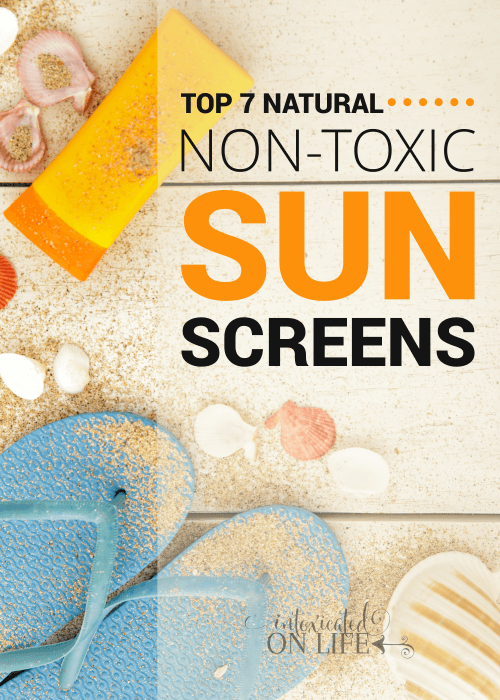
Chemical Sunscreens vs. Barrier Sunscreens
There are two categories of sunscreens: barrier sunscreens and chemical sunscreens.
Chemical Sunscreens
- Chemical sunscreens work by absorbing the UV light, often allowing the UV light to penetrate deeper layers of the skin. The heat is slowly broken down and released.
- Some chemical sunscreens oxidize under the skin and can cause free radical formation. Free radicals are unstable compounds that form which can cause damage to the body including skin cancer and premature aging.
- Another problem with the ingredients in chemical based sunscreens is that they contain known endocrine disrupters. These are compounds that cause hormonal disruptions in the body, leadin to things like low sperm count, breast cancer, early onset puberty, and allergic reactions.
Barrier Sunscreens
Barrier sunscreens on the other hand, work by creating a physical barrier to the sun– they literally block and deflect the UV rays. The active ingredients in these sunscreens are the minerals zinc oxide and/or titanium dioxide.
What to look for in a sunscreen
Obviously, a barrier sunscreen is better for you, but there are more criteria to look for…
1. Sunscreens that uses non-nano zinc oxide
We are looking for a mineral-based sunscreen that uses non-nano zinc oxide powder.
Many people like the nano, micronized zinc oxide sunscreens because they don’t leave the white film on the skin. But they are problematic because the super fine nano particles may penetrate your skin. These tiny particles can cause health problems similar to the chemical based sunscreens. We are obviously looking to avoid that problem.
2. Sunscreens without other toxic ingredients
We want to make sure there aren’t any problematic toxic ingredients in our sunscreen.
There are many mainstream brands of sunscreen that are getting sneaky. They are beginning to add zinc oxide or titanium dioxide to their formulations so they can market their sunscreens as mineral sunscreens. Unfortunately, they’re often leaving the problematic toxic ingredients in their formulation. You’ve got to be careful to read labels.
We want to find sunscreens made with just a few recognizable ingredients.
3. Sunscreens with antioxidants
It’s possible, even with our mineral-based sunscreens, that free radicals might be formed. We want to look for a sunscreen that includes antioxidants to combat those free radicals. Examples of antioxidants that might be used include Vitamin E, olive oil, sunflower oil, green tea, and many others.
The Top 7 Non-Toxic Sunscreens
Here’s a list of 7 sunscreens that meet the criteria listed above, listed in no particular order…
- Zebs Organics Sunscreens: SPF 20 Broad Spectrum
- Adorable Baby All Natural Sunscreen: SPF 30+
- Attitude Sunly Mineral Sunscreen: SPF 30
- Loving Naturals: Clear Body All Natural Sunscreen SPF 30+
- Badger Sports Sunscreen: SPF 35 Broad Spectrum
- Raw Elements Eco Form Sunscreen Stick: SPF 30+
- DIY Non-Toxic Sunscreen. Use my recipe to make your own! It’s easy to throw together and affordable.

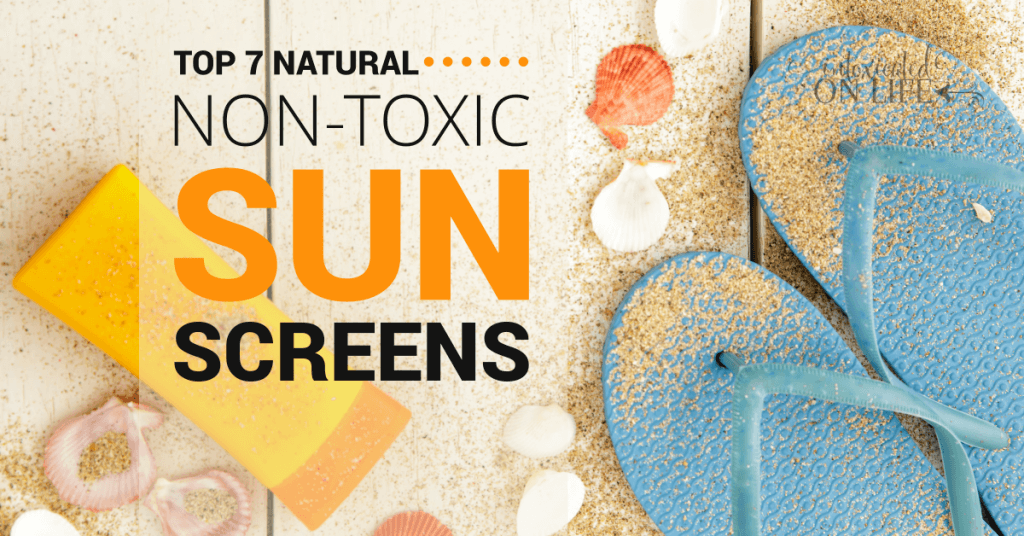
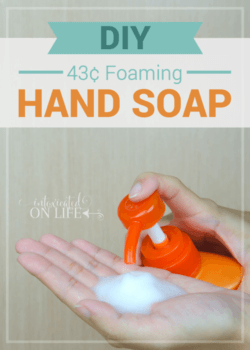
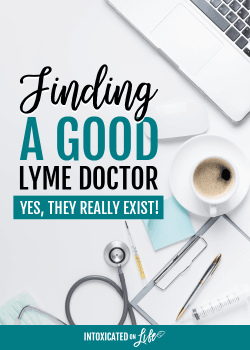

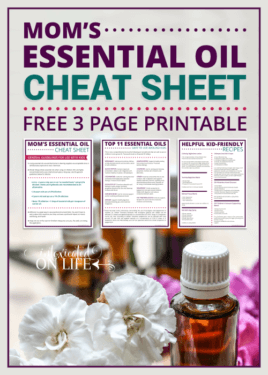





Thank you for informing the public about sunscreens that are the best to use.
You’re welcome!
Just have to say the email that went out today about Bill Nye and Sunscreen is awesome. “Bill Nye…Learning he was wrong about a lot of things” Yes so true and I love that you put it out there! Great post on mineral based physical sun blocks.
I’m glad you enjoyed reading that about as much as I entertained myself writing it. 🙂
is there a list of chemical to avoid? I have something here that clams to have no nao particles oxybenzone, octinoxate parabens, phthalates or sulfates which is just all mumbo jumbo to me. active increates are avobenzone, homosalate, octocrylene, and octyl salicylate.
I don’t have a list of specific chemicals to avoid because it would be a mile long! One easy way to check your sunscreen is to see if it’s listed on the EWG.org website. Find the sunscreen you have and it will rate the overall toxicity and give you a breakdown of any problematic ingredients. It’s the most comprehensive database I’ve found!